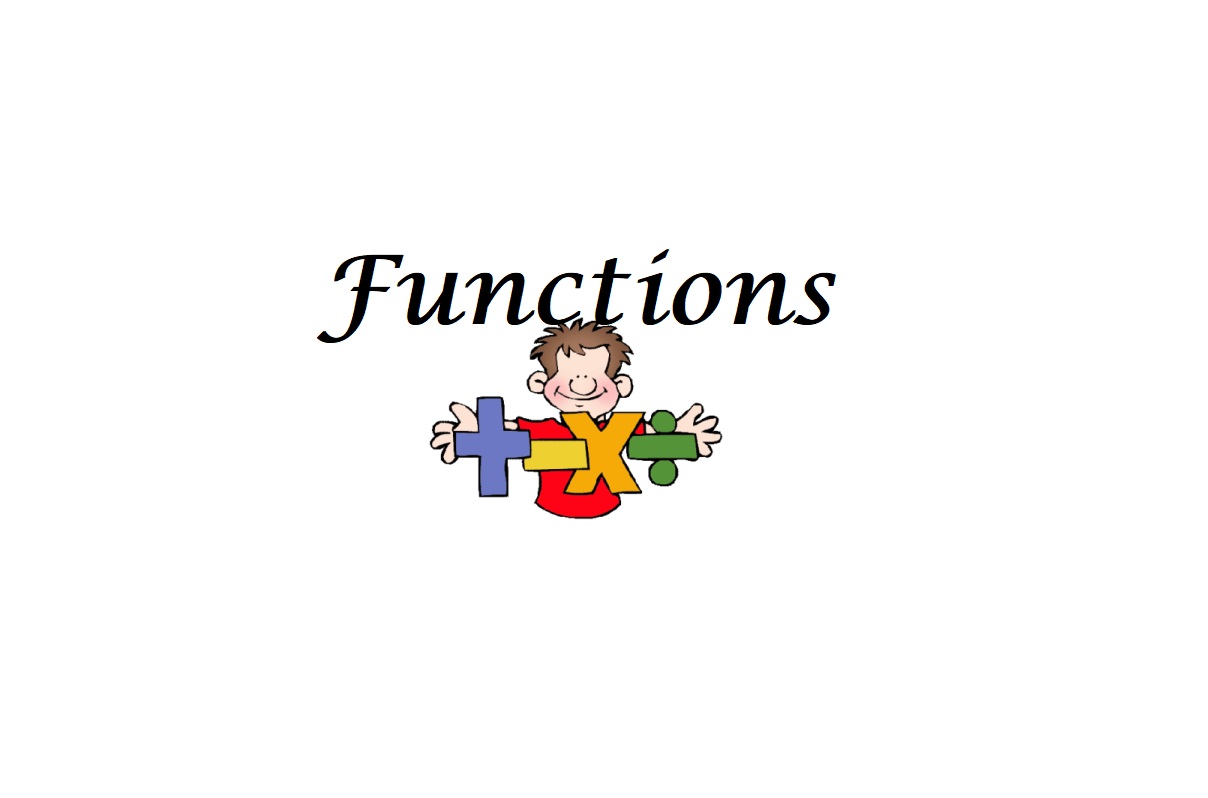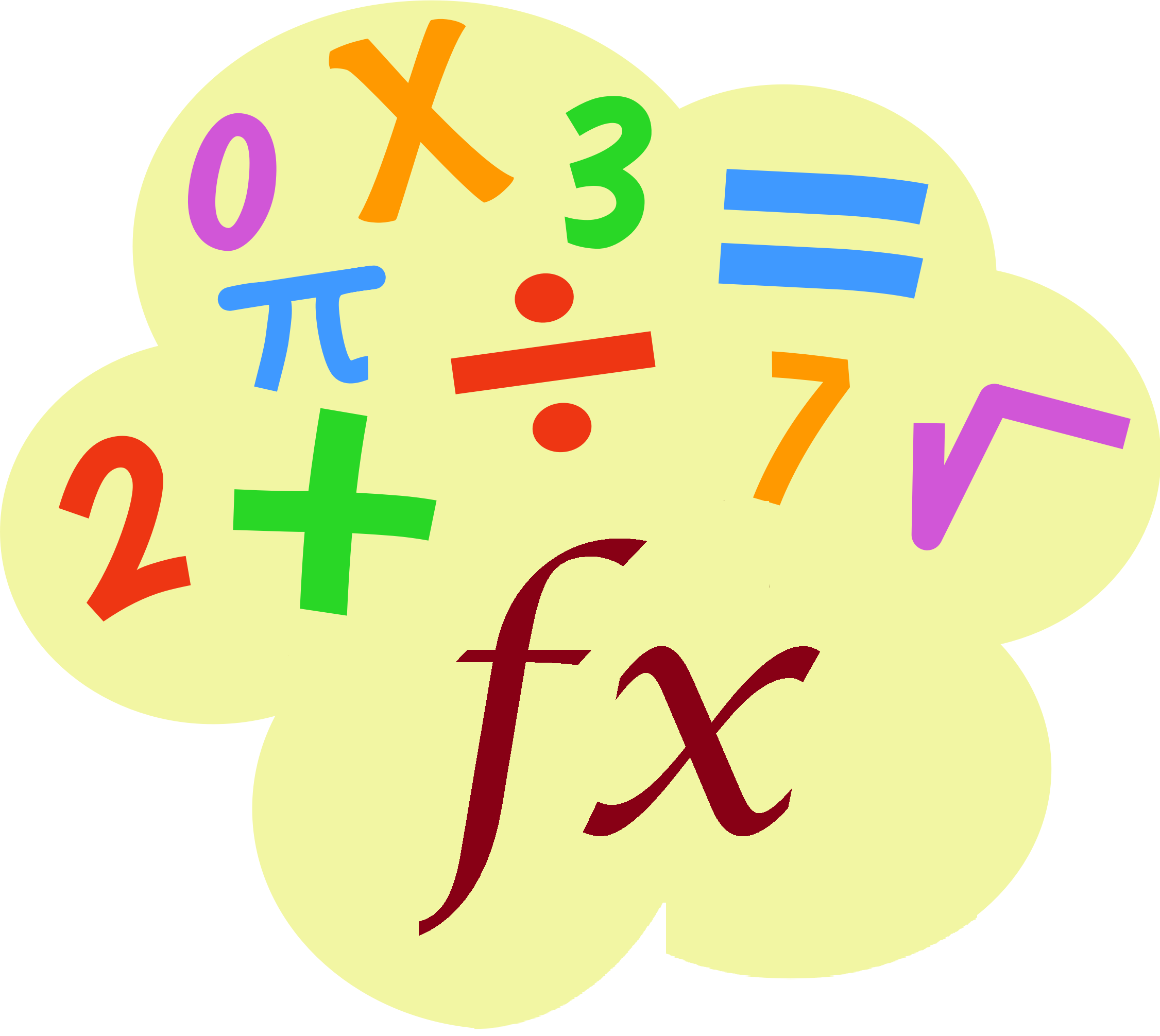SUMIF function in Excel
The powerful SUMIF function in Excel sums cells based on one criteria. This page contains many easy to follow SUMIF examples. Numbers 1. The SUMIF function below (two arguments) sums values in the range A1:A5 that are less than or equal to 10. 2. The following SUMIF function gives the exact same result. It uses the & operator to …

